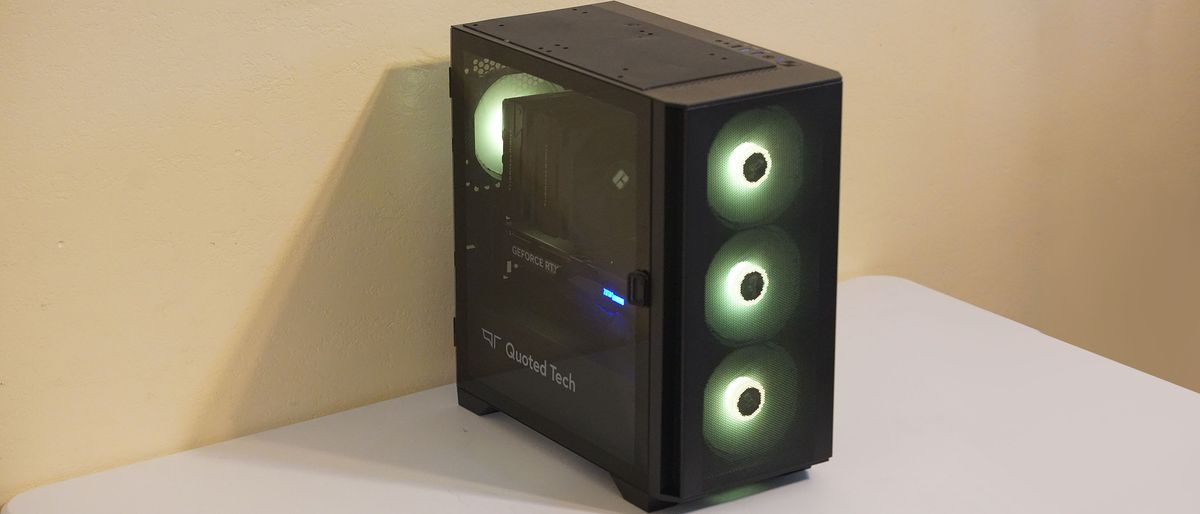Apple has a lot of fancy new tricks up its sleeve for the next iteration of MacOS. There's the new UI (glassy and classy), the extra AI bits, performance improvements, and more. But there's one new feature that may or may not interest the average user.
That feature is all about containers.
Think of containers like this: an isolated, lightweight package that contains the application code, dependencies, and libraries necessary to run in an isolated environment so as not to negatively impact the host computer. That's a lot.
OK, maybe this: a container is an application that you can create (or just run) that is isolated from all other applications on your system but able to function as expected.
So, for the most part, containers are a developer thing.
Also: Your MacBook is getting a major upgrade for free. 5 features I can't wait to use in MacOS 26
Developers build containers that serve specific purposes and can be shared with other developers, companies, and even users. I've used containers quite a bit and have always found them useful. I've used containers to deploy services on my LAN, created them for clients, and written extensively about them. But why is Apple adding containers to what is considered an end-user operating system?
Well, you see a lot of developers use MacOS, which means adding containers could go a long way to help them do what they do.
With MacOS Tahoe, developers (and users) will have the ability to work with Linux containers... natively. That's right, out of the Tahoe box, you'll be able to run a Linux environment (no GUI) and use it for whatever purpose. You could spin up a Linux OS for development or even to install server-based tools (such as WordPress, InvoicePlane, and more) and run them directly from your Mac.
What can you do with containers in MacOS?
The upcoming MacOS container feature will work like just about every container tool on the market, allowing you to:
- Create and run container images.
- Pull and push containers to standard registries.
- Run containers within an isolated Linux virtual machine.
Also: Every Mac model that supports MacOS 26 Tahoe (and which aren't compatible)
And because this new tool uses a Swift-based init system, there is no sharing between the container and the MacOS kernel (which was a problem with previous container tools on MacOS -- leading to security issues).
How did Apple accomplish this?
Essentially, Apple created a new containerization framework to provide control over containers, container images, and processes. This new framework also features sidecars, which are containers that run alongside other containers to add features like logging and monitoring of the primary container.
Also: Your old MacBook's days are numbered, as Apple confirms end of support
This is big because it gives developers everything they need to work with and run containers without having to install third-party software (such as Docker). This leads to better integration with MacOS, better performance from containers, tighter security, and a vastly improved experience.
What does this mean for you?
Honestly, not much. I cannot imagine the average user opening the Terminal app, pulling a container image from a repository, and developing a container. But for developers, this could be huge.
And with tight integration into the MacOS operating system, the possibilities are endless. I would imagine, shortly after the release of Tahoe, that we'll start seeing GUI apps appear to make developing containers with MacOS even easier (maybe to the point where average users could deploy a container to their home network for everyone on their LAN to use).
Ultimately, however, this new feature will be focused primarily on developers looking to set aside tools like Docker and opt to remain within the MacOS ecosystem.
Also: Your Mac is about to get a huge Spotlight upgrade - finally
Containers have been around for a long time, and they aren't going away anytime soon. If Apple has its way, developers who use MacOS will opt for the native container tools, so they can develop with Linux in a seamless, powerful, and secure environment.
Will you be using containers once Tahoe is released? If you're a developer, chances are pretty good you'll at least experiment with them. If you're an end user, most likely you won't. However, having the tools at the ready means running a text-only instance of Linux will be very easy, which means even MacOS end users could dip their toes in those containerized waters.
Get the morning's top stories in your inbox each day with our Tech Today newsletter.

 4 months ago
23
4 months ago
23








 English (US) ·
English (US) ·